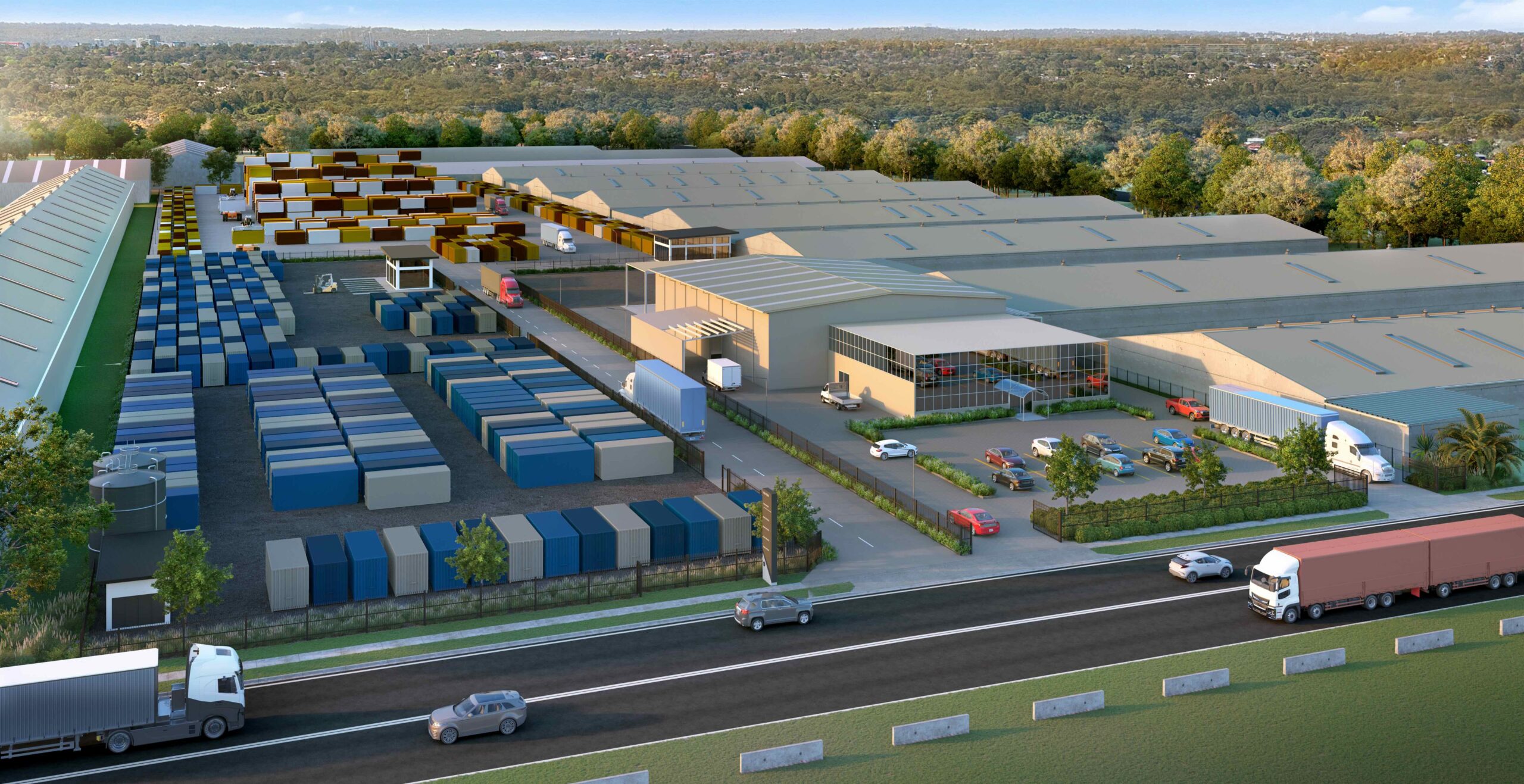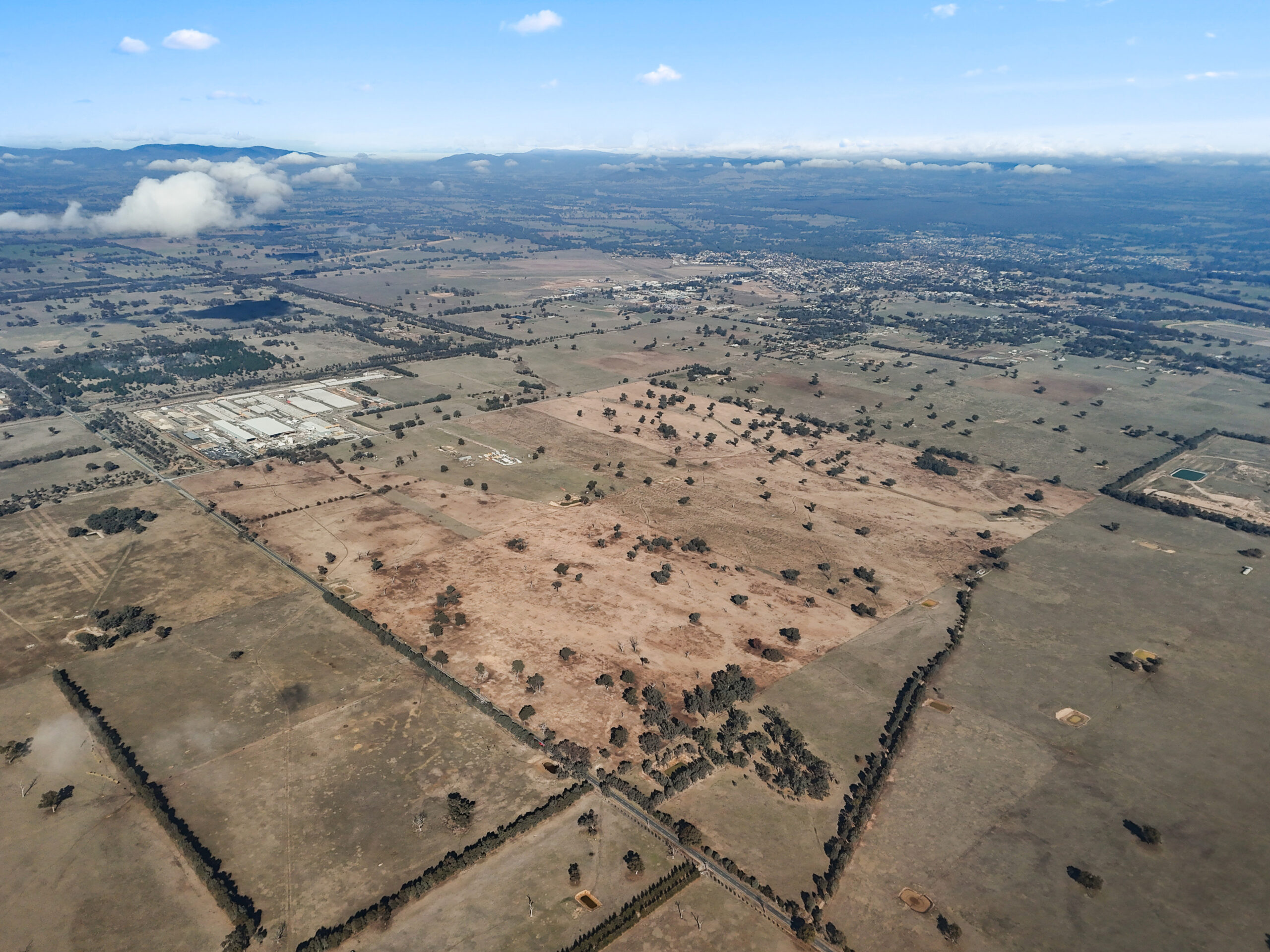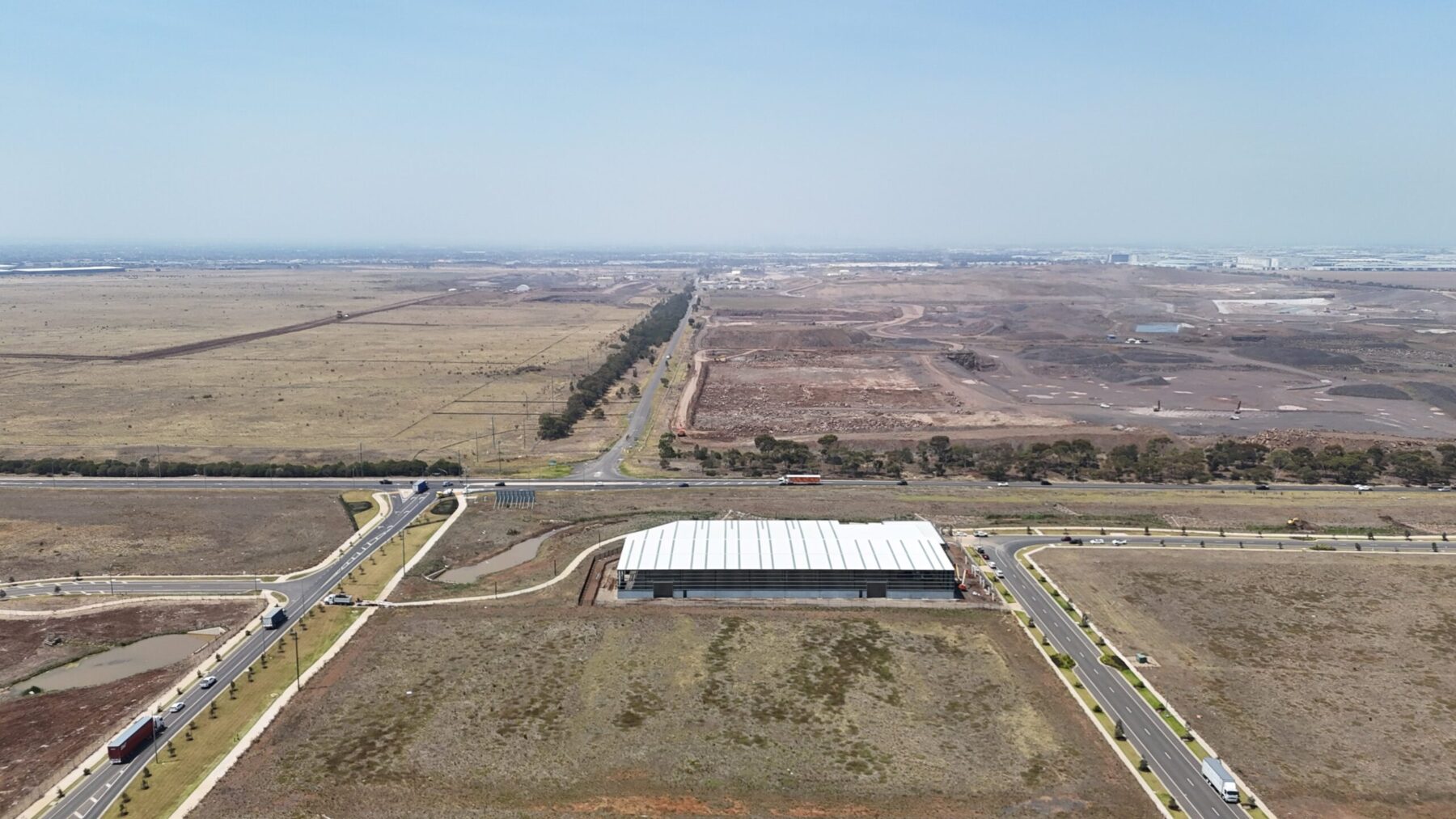
An additional 1,800,000sqm of industrial and logistics space will be needed in Australia over the coming five years to accommodate the forecast growth of online shopping.
However, satisfying that requirement is set to be a challenge given Australia has the lowest vacancy rate in the world, at 0.8%, and a pipeline that represents just 2% of its current supply.
That’s the key takeaway from CBRE’s latest E-Commerce Trend and Trajectory report, which analyses the ongoing rise of the sector in Australia, and its impact on commercial property.
Fuelled by shifts in retail habits amid COVID-19 lockdowns, online sales rose from representing 9% of total retail spending in 2019 to 14.3% in July 2022, and are forecast to reach 17% by 2026.
Similarly, Australian consumers’ total spending online rose from $30 billion in 2019 to $53 billion last year, and is projected to hit $78 billion by 2026.
Applying a formula of 70,000sqm being required to facilitate each additional $1 billion of sales, CBRE forecasts an extra 1,800,000sqm will be needed support the sector, in an already-tight market.
“E-commerce has grown significantly in the past five years, and that continued adoption requires large amounts of logistics space,” CBRE’s Head of Industrial & Logistics Research Sass J-Baleh said.
“In the case of Australia, the forecast growth equates to needing an additional 1.8 million sqm of space, amid what’s already a chronic shortage of supply and a relatively-limited pipeline of new stock.
“It’s set to fuel rental growth in over the coming years, as occupiers compete for supply, but more broadly there is a question of how to facilitate this growing requirement, including whether it’s possible to unlock alternative space or intensify the use of available space.”
CBRE’s Global E-Commerce Drivers Index measures six drivers for e-commerce penetration;
share of urban population, mobile internet sales ratio, debit and credit card use, digital skills of the population, the presence of a dominant e-commerce player, and the percentage of population with a fixed broadband connection.
It rates Australia at 37 out of 100 – scoring lowly on mobile internet sales and the presence of a dominant e-commerce player – to be 14th out of the 31 countries measured.
Mainland China leads the way on 83, well clear of the United Kingdom on 69, while Australia is in a cluster of 13 nations that scored between 30 and 50.
However, while there are signs that e-commerce penetration is easing in some markets and even falling in the UK, Australia’s market is less established and is positioned for continued growth.
The online grocery sector is set to be one of the biggest drivers over the coming years, with revenue forecast to total $17 billion in FY2027, almost double the FY2022 figure.
“Markets with more of the fundamentals in place experienced higher peaks during the pandemic, only for the rate to drop after restrictions eased, whereas Australia’s growth has been sustained,” Ms J-Baleh added.
“Online grocery shopping is an example of changing consumer behaviour, and it accounted for 20% of Australia’s total online retail spend in 2021.
“However, that’s still only 3% of the total grocery spend in the country, highlighting that there’s still significant scope for growth.”



